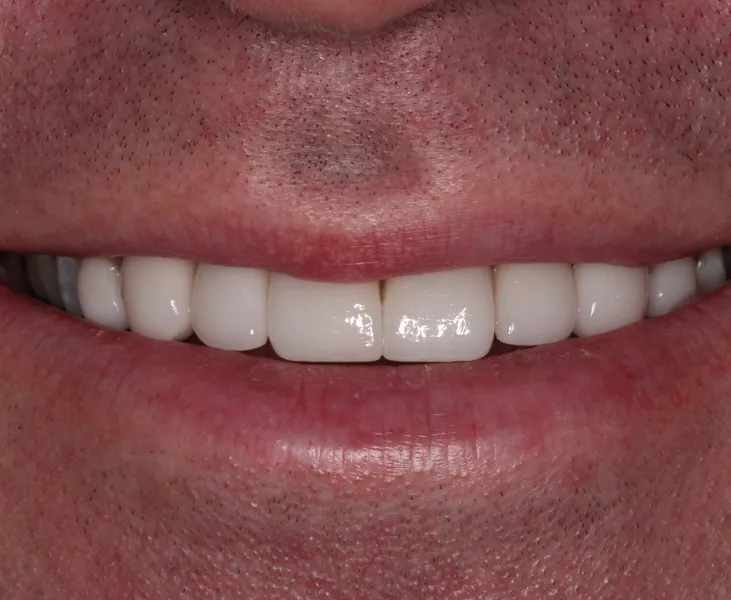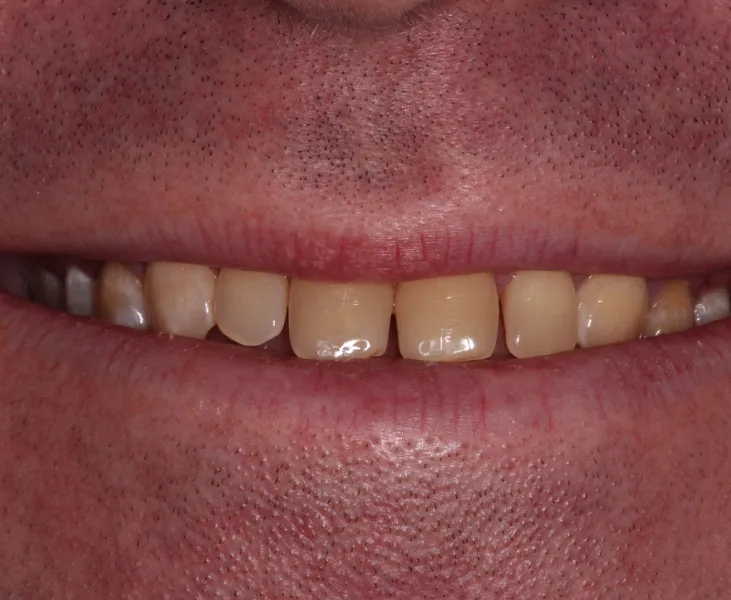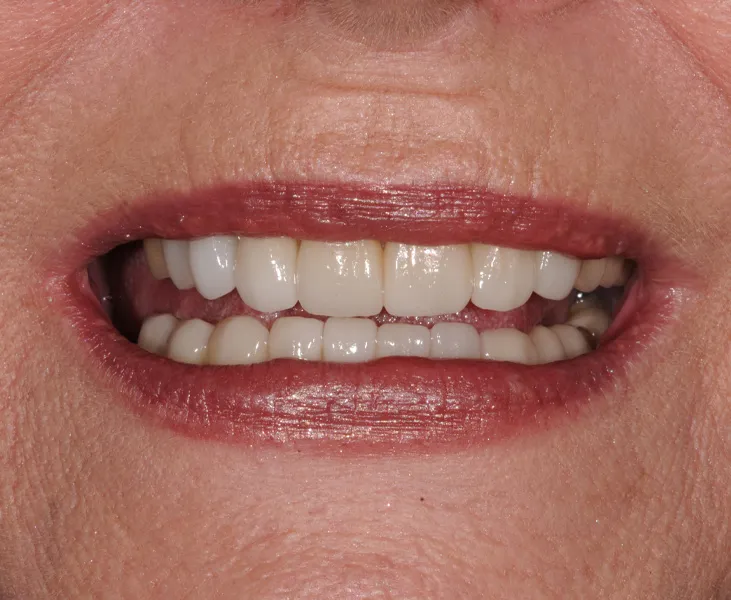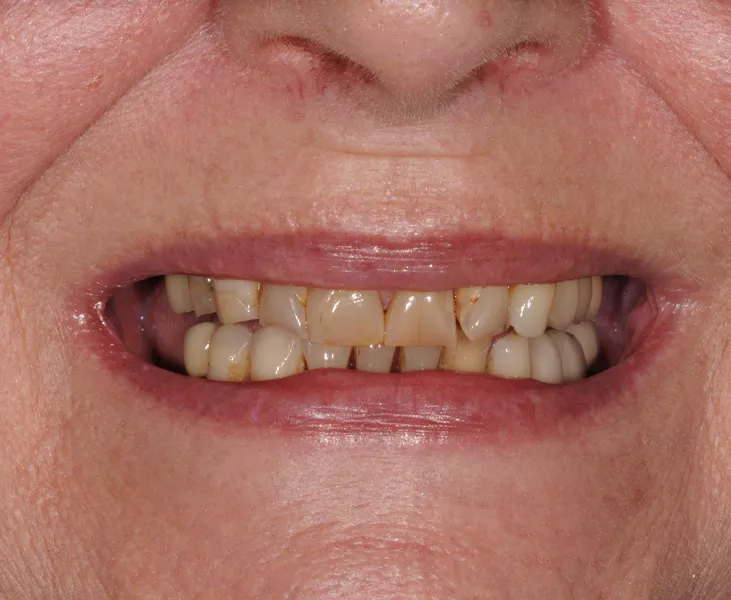Approx. 20 minutes
Remove and fill cavity
2-3 hours
Long-term results

Why Dental Fillings?
What To Expect During Your Appointment
While your tooth is numb, your dentist will remove the decay from the affected tooth. They will then restore your tooth using either a Composite or Amalgam Filling.
If a cavity is left unfilled, the tooth may get painful. Fillings are a way to keep your tooth from developing more decay, from becoming painful and bothersome, and from the structure of your tooth from becoming weak, leading to potential fractures and cracks
If you would like further information, click here or request an appointment by calling 020 8767 0128

Recovery & Aftercare
You may need to allow some time for the feeling to return in a small area of the face following a filling. Your dentist will provide appropriate aftercare advice, which may include waiting for a couple of hours before you eat or drink anything. This is because the filling will need some time to completely harden.
Some patients are advised to avoid particularly sticky, hard or chewy foods for a couple of weeks to allow the filling to settle properly in the tooth. Having a filling may also relieve tooth sensitivity when exposed to hot or cold foods, and therefore, there may be no need to continue using toothpaste for sensitive teeth.
FAQS
What’s the difference between a composite filling and an amalgam filling?
How will I know I need a filling?
What shall I do if my filling falls out?
What if my tooth continues to experience sensitivity following a filling?
What forms of anaesthetic are used to perform a filling?









